Descrição
What is a basic first aid course like?
First aid is a basic skill that everyone should have in order to be able to help in emergency situations. A basic first aid course is an excellent way to acquire these essential skills and knowledge. In this article, we will explore what this course is like and what you can expect from it.
What is first aid?
First aid is the initial and immediate measures that should be taken in cases of accidents or sudden illnesses until professional help arrives. These measures may include actions such as performing cardiac massage, applying bandages, immobilizing fractures, among others.
Importance of a basic first aid course
A basic first aid course is essential for people to be able to act correctly and efficiently in emergency situations. It provides theoretical and practical knowledge that allows you to identify and treat common injuries and illnesses, as well as teaching you how to act safely and protect the victim and yourself.
What is taught in the course?
In the basic first aid course, participants learn a variety of techniques and procedures, including:
- Recognition of emergency situations;
- Initial assessment of the victim;
- Cardiopulmonary resuscitation (CPR);
- Clearing the airways;
- Treatment of wounds and bleeding;
- Immobilization of fractures and sprains;
- Administration of emergency medications;
- Among others.
In addition, the course also addresses issues related to accident prevention and health promotion, such as preventive measures occupational safety, care for children and the elderly, and basic notions of anatomy and physiology.
Benefits of the basic first aid course
By taking the basic first aid course, you will be prepared to act quickly and efficiently in emergency situations, potentially saving lives and minimizing damage. In addition, this knowledge can also be useful in everyday situations, such as domestic or work accidents.
Another benefit is that the course can be a differentiator on your resume, especially for professionals in the health, safety, and education sectors. Companies and institutions value employees who have knowledge of first aid, as this demonstrates responsibility and concern for the well-being of others.
Conclusion
The basic first aid course is an excellent opportunity to acquire knowledge and skills that can make a difference in emergency situations. In addition to being a way to help others, you will be training yourself to deal with unexpected situations and act safely and efficiently.
Therefore, if you have not yet taken a first aid course, consider this option. Learning how to save lives is valuable knowledge that can make a difference in many situations.
References:
- Portuguese Red Cross
- Brazilian Society of Hemodynamics and Interventional Cardiology
- Brazilian Society of Family and Community Medicine
Sitelinks: Learn more about first aid; How to act in emergencies; First Aid Courses.
Reviews: See what people are saying about the Basic First Aid Course.
People also ask:
- How long does the Basic First Aid Course last?
- What is the minimum age to take the course?
- Previous knowledge is required in the health area?
Knowledge panel: The basic first aid course is a training that teaches techniques and procedures to act in emergency situations.
FAQ:
- What are the prerequisites for taking the basic first aid course?
- How can I find a course near me?
- What is the validity of the course completion certificate?
Top stories: See the latest news related to first aid and emergency situations.
Recipes: Not applicable.
Find results on: Find results about first aid courses.
See results about: See results about first aid techniques first aid.
Related searches: First aid for babies; First aid for pets; First aid for burns.
What is a basic first aid course?
When it comes to emergency situations, being prepared can make all the difference. A basic first aid course is a way to acquire essential knowledge and skills to deal with accidents and injuries until professional help arrives. In this blog, we will explore what a basic first aid course is and how it can be useful in a variety of situations.
Why take a basic first aid course?
A basic first aid course is an opportunity to learn techniques that can save lives. By acquiring knowledge about how to act in emergency situations, you become capable of providing adequate assistance until health professionals arrive at the scene.
Benefits of taking a basic first aid course:
- Increased confidence to act in emergency situations;
- Ability to provide adequate assistance until professionals arrive;
- Potential to save lives;
- Reduced risks and complications;
- Contribution to a safer environment.
What do you learn in a basic first aid course?
A basic first aid course covers a variety of topics and techniques essential for dealing with different types of emergencies. Some of the main topics covered include:
- Recognition of vital signs;
- Cardiopulmonary resuscitation (CPR) maneuvers;
- Treatment of injuries, such as cuts and burns;
- Immobilization of fractures and muscle injuries;
- Administration of emergency medications;
- Procedures for dealing with choking and asphyxiation;
- How to act in cases of seizures, heart attacks and strokes.
How to find a basic first aid course?
To find a basic first aid course near you, you can use different resources:
- Search the internet for health institutions, such as hospitals and clinics, that offer courses;
- Consult rescue organizations and emergency;
- Contact the Red Cross or other similar institutions;
- Check if there are courses available at local schools and universities.
Important: Make sure you choose a course taught by qualified professionals and that offers certification at the end.
Conclusion
A basic first aid course is an effective way to acquire knowledge and skills that can make a difference in emergency situations. By learning first aid techniques, you become capable of providing adequate assistance until professional help arrives. Be sure to invest in your safety and the safety of those around you.
References:
- Brazilian Red Cross
- Brazilian Society of Hemodynamics and Interventional Cardiology
- Brazilian Society of Angiology and Vascular Surgery
Sitelinks: Find basic first aid courses near you
Reviews: See what other people are saying about basic first aid courses
People also ask: What are the requirements to take a basic first aid course?
Knowledge panel: Learn more about the importance of first aid
FAQ: Frequently asked questions about basic first aid courses
Top stories: Latest news about first aid
Recipes: First aid recipes for different emergency situations
Find results on: Find results about basic first aid courses
See results about: See results about first aid techniques
Related searches: Advanced first aid courses; How to act in cases of cardiorespiratory arrest
What is the best basic first aid course?
When it comes to learning about first aid, it is essential to find a reliable and quality basic course. After all, knowing how to act in emergency situations can make the difference between saving a life or not.
The importance of the basic first aid course
The basic first aid course is essential for anyone, regardless of their field of activity. It teaches techniques and procedures that can be applied in various situations, such as accidents at home, at work, on the street, among others.
In addition, the knowledge acquired in the basic first aid course can help reduce response time in emergency cases, increasing the victim's chances of survival until specialized professionals arrive.
How to choose the best basic first aid course?
When looking for a basic first aid course, it is important to consider some aspects to ensure the quality of the training. Check out some tips below:
- Reputation: Research the reputation of the institution offering the course. Check if it is recognized and has certifications.
- Course content: Analyze the course's syllabus. Make sure it covers key topics such as CPR (cardiopulmonary resuscitation), airway clearance, bleeding control, and more.
- Qualified instructors: Make sure the course instructors are qualified and experienced first aid professionals.
- Practical: Make sure the course offers hands-on activities, such as simulations of real-life situations, so you can apply the knowledge you have gained.
Sitelinks
Sitelinks are additional links displayed in Google search results that direct users to specific pages on a website. In the case of first aid courses, sitelinks can take users directly to information about the program content, course dates, fees and registration methods.
Reviews
Reviews are assessments made by people who have already participated in the basic first aid course. They can be found on specialized websites, forums or social networks. Reading reviews can help you get an idea of the quality of the course. course and student satisfaction.
People also ask
The "People also ask" section displays questions related to the topic searched. In the case of basic first aid courses, some common questions may be: "How long does the course last?", "How long is the certificate valid for?", "Can I take the course online?" and "What are the prerequisites to participate?".
Knowledge panel
The knowledge panel is an information box displayed in Google search results, which provides relevant data on the topic searched. In the case of basic first aid courses, the knowledge panel may present information about the importance of the course, the main topics covered and the benefits of becoming a trained first aider.
FAQ
The FAQ (Frequently Asked Questions) section is a way to provide answers to the most common questions from users. In the case of basic first aid courses, frequently asked questions may include information about the course duration, certificate validity, minimum age to participate, among others.
Top stories
The "Top stories" section displays the most recent and relevant news on the subject searched. In the case of first aid, the news may include life-saving cases, advances in the health area and tips for preventing accidents.
Recipes
The "Recipes" section is usually focused on culinary recipes, but in the context of first aid, it may refer to "recipes" for first aid procedures. For example, a "recipe" for CPR (cardiopulmonary resuscitation) or how to act in case of choking.
Find results on
The "Find results on" option allows the user to refine the search and find specific results on certain websites. In the case of basic first aid courses, the user can use this option to find results on websites of renowned institutions that offer training.
See results about
The "See results about" option displays results related to the searched topic. In the case of basic first aid courses, this option can show results about advanced courses, specializations in the health area or even information on how to become a rescue professional.
Related searches
The "Related searches" section displays searches related to the searched topic. In the case of basic first aid courses, some related searches might be: "Online first aid course", "Free first aid course" and "First aid course for companies".
In short, the best basic first aid course is one that offers comprehensive content, qualified instructors, hands-on activities and a good reputation. When researching the subject, take advantage of the SERP features available to obtain relevant information and make the best decision.
What is a basic first aid course for?
When it comes to emergency situations, being prepared can make all the difference. That's why a basic first aid course is so important. In this article, we will explore the importance of this course and how it can be useful in various situations.
Why take a basic first aid course?
A basic first aid course is designed to provide essential knowledge and skills for dealing with medical emergencies. It can be useful in both everyday situations, such as domestic accidents, and in more serious situations, such as traffic accidents or natural disasters.
In addition, a first aid course may also be a requirement for certain professions, such as firefighters, police officers, and healthcare professionals. Having this knowledge can be crucial in saving lives and minimizing damage until specialized professionals arrive.
What you learn in a basic first aid course?
In the basic first aid course, you will learn a series of techniques and procedures that can be applied in different emergency situations. Some of the topics covered include:
- Recognizing emergency situations
- CPR (cardiopulmonary resuscitation)
- Clearing the airway
- Treating wounds and bleeding
- Immobilizing fractures and injuries
- Administering emergency medications
These are just some of the skills you can acquire in a basic first aid course. Practical training is essential to ensure that you are prepared to respond effectively in emergency situations.
Benefits of taking a basic first aid course
There are many benefits to taking a basic first aid course. As well as gaining life-saving knowledge, you will also become more confident and capable of dealing with emergencies.
Other benefits include:
- Reduced response time in emergency situations
- Preventing complications and worsening of injuries
- Ability to provide care until medical professionals arrive
- Contributes to a safer environment at home, work and in the community
Conclusion
A basic first aid course is essential for anyone who wants to be prepared to deal with emergency situations. It provides knowledge and skills that can make the difference between life and death. Additionally, having this training may be a requirement for certain professions.
So if you haven't already taken a basic first aid course, consider taking it. You'll be investing in your own safety and the safety of those around you.
For more information on first aid courses, visit the official website of Cruz Vermelha or search for educational and training institutions in your area.
We hope this article has clarified the importance of a basic first aid course and encouraged you to pursue this vital knowledge.
Who can take a basic first aid course?
First aid is basic knowledge that can save lives in emergency situations. Knowing how to act correctly in the event of an accident or sudden illness can make all the difference until health professionals arrive. But after all, who can take a basic first aid course?
Importance of first aid
Before we talk about who can take a basic first aid course, it is important to understand the importance of this knowledge. First aid is the first assistance provided to a person who has suffered an accident or is feeling unwell. Its objective is to stabilize the victim and prevent their health from worsening until professional help arrives.
First aid can be applied in various situations, such as choking, falls, burns, cardiorespiratory arrest, among others. Knowing how to act in these situations can be crucial to saving lives.
Who can take the basic first aid course?
The basic first aid course is recommended for anyone who wants to acquire basic knowledge about how to act in emergency situations. There are no restrictions on age or academic background to take this type of course.
Healthcare professionals, such as doctors, nurses and nursing technicians, already have more advanced knowledge in first aid. However, even for these professionals, it is important to take refresher and recycling courses to always be prepared for emergency situations.
In addition to the professionals Health professionals, other people who can benefit from the basic first aid course are:
- Parents and guardians of children;
- Teachers and educators;
- Drivers;
- Workers in general;
- Volunteers at events;
- Anyone interested in learning how to save lives.
Benefits of the basic first aid course
Taking a basic first aid course brings several benefits, both for the person taking the course and for the community in general. Some of these benefits include:
- Ability to act quickly in emergency situations;
- Confidence in dealing with accidents and risky situations;
- Potential to save lives;
- Reduced waiting time for professional help;
- Prevention of complications and worsening of health conditions;
- Contribution to a safer and more prepared community.
Conclusion
Anyone interested in learning how to save lives can take a basic first aid course. There are no restrictions on age or academic background. First aid is essential knowledge that can make all the difference in emergency situations. Therefore, do not miss the opportunity to acquire these skills and contribute to a safer community.
References:
This blog was created with the aim of providing information on who can take a basic first aid course. The information presented here does not replace the need to seek professional guidance and take specialized courses in the area.
How long does a basic first aid course last?
First aid is essential knowledge that everyone should have. Knowing how to act in emergency situations can make the difference between saving a life or not. For this reason, many people seek to take a basic first aid course to acquire these skills.
Why take a basic first aid course?
A basic first aid course provides fundamental knowledge to deal with different types of emergencies, such as cardiorespiratory arrest, choking, burns, cuts, among others. In addition, it also teaches how to prevent accidents and promote safety in the environment in which we are.
Having these skills can be useful both in everyday situations, such as at home or at work, and in moments of leisure, such as traveling or playing sports. Furthermore, in some professions, such as firefighters, police officers and health professionals, knowledge of first aid is mandatory.
Duration of the basic first aid course
The duration of a basic first aid course may vary depending on the institution offering it. In general, these courses have an average workload of 8 to 16 hours, distributed over one or two days of classes.
It is important to note that a basic first aid course does not train health professionals, such as doctors or nurses. Its purpose is to train lay people to act correctly in emergency situations until a specialized professional arrives.
What is taught in a basic first aid course?
In a basic first aid course, several topics and techniques are covered, such as:
- Recognizing emergency situations;
- How to call the emergency services ia;
- Initial care in cases of cardiorespiratory arrest;
- Choking maneuvers;
- Treatment of wounds, such as cuts and burns;
- Immobilization of fractures;
- Administration of emergency medications;
- Accident prevention;
- Among others.
It is important to highlight that each course may have a specific approach, but these are some of the common topics in a basic first aid course.
Benefits of taking a basic first aid course
Taking a basic first aid course brings several benefits, such as:
- Ability to act quickly and efficiently in emergency situations;
- Confidence to deal with different types of accidents;
- Promote the safety and well-being of family, friends and co-workers;
- Possibility of helping to save lives;
- Valuation in the job market in some professional areas;
- Knowledge to prevent accidents;
- Among others.
Therefore, investing in a basic first aid course is a way to acquire valuable knowledge that can make a difference in emergency situations.
Conclusion
A basic first aid course is an excellent opportunity to acquire essential knowledge that can save lives. With an average workload of 8 to 16 hours, these courses train lay people to act correctly in emergency situations until a specialized professional arrives.
In addition to learning first aid techniques, these courses also teach how to prevent accidents and promote safety in everyday life. The benefits of taking a basic first aid course are countless, from the ability to act quickly and efficiently in emergency situations to job market appreciation in some professional areas.
Therefore, don't miss the opportunity to invest in a basic first aid course and acquire knowledge that can make a difference in critical moments.
References:
Sitelinks: Learn more about first aid; How to act in emergencies; Accident prevention.
Reviews: See what people are saying about basic first aid courses.
People also ask:
- What topics are covered in a basic first aid course?
- Why is it important to take a basic first aid course?
- How long does an advanced first aid course last?
Knowledge panel: First aid is an emergency procedure performed to save lives.
FAQ:
- How long does a basic first aid course last? The average duration is 8 to 16 hours, spread over one or two days of classes.
-
What are the What topics are covered in a basic first aid course? Some of the common topics are: recognizing emergency situations, initial care in cases of cardiopulmonary arrest, treating injuries, among others. Why is it important to take a basic first aid course? A basic first aid course enables lay people to act correctly in emergency situations until a specialized professional arrives. ng>Top stories: Learn how to act in emergency situations with a basic first aid course.
Recipes: Not applicable to the topic.
Find results on: Find basic first aid courses in your area.
See results about: Learn more about the benefits of taking a basic first aid course.
Related searches: Online first aid courses; How to make a tourniquet; How to perform cardiac massage.
How much does a basic first aid course cost?
First aid is essential knowledge that everyone should have. Knowing how to act in emergency situations can make the difference between saving a life or not. A basic first aid course is a great way to gain these fundamental skills and knowledge.
Benefits of Taking a Basic First Aid Course
Before we discuss the costs involved, it is important to highlight the benefits of taking a basic first aid course:
- Life-saving Ability: By learning first aid techniques, you will be prepared to deal with emergency situations and provide immediate help until medical professionals arrive.
- Confidence: Knowing what to do in an emergency situation can increase your confidence and peace of mind, allowing you to make quick and effective decisions.
- Preventing Complications: Proper first aid can help prevent complications and minimize harm until proper medical care can be provided.
- Safety in the Workplace job: Many companies value employees with first aid training, as it can improve workplace safety.
How much does a basic first aid course cost?
The cost of a basic first aid course can vary depending on a number of factors, such as location, course length, and the institution offering the training. Prices typically range from $100 to $500.
It's important to research different course options in your area to find the best value for money. Make sure the course is taught by qualified instructors and is recognized by health or safety agencies.
How to find first aid courses
There are several ways to find first aid courses in your area:
- Search online: Use search engines like Google to find first aid courses near you. You can also use the SERP features "Find results on" and "See results about" to get more specific information.
- Healthcare institutions: Hospitals, clinics and health centers often offer first aid courses. Contact these institutions for more information.
- Safety organizations: The Red Cross, Fire Departments, and other safety organizations often offer first aid training as well.
Before enrolling in a course, make sure it meets your needs and is within your budget. Remember, investing in first aid knowledge is a valuable investment in your safety and the safety of those around you.
Conclusion
A basic first aid course is an important way to gain life-saving skills. While costs can vary, you can find affordable options in your area. Shop around, compare, and choose a course that fits your needs and budget. Remember, first aid knowledge is a valuable investment in everyone's safety.
References:
Estimar frete
Payment & Security

Featured collection
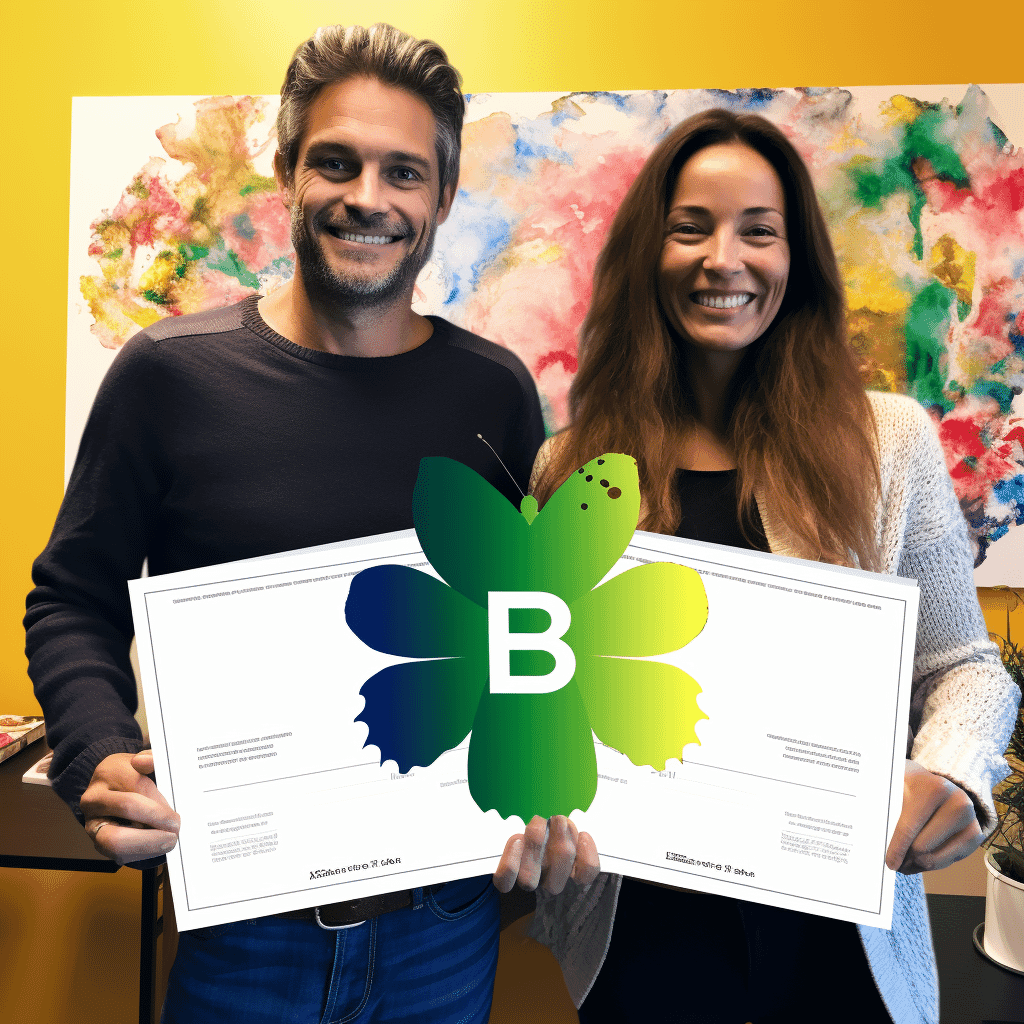











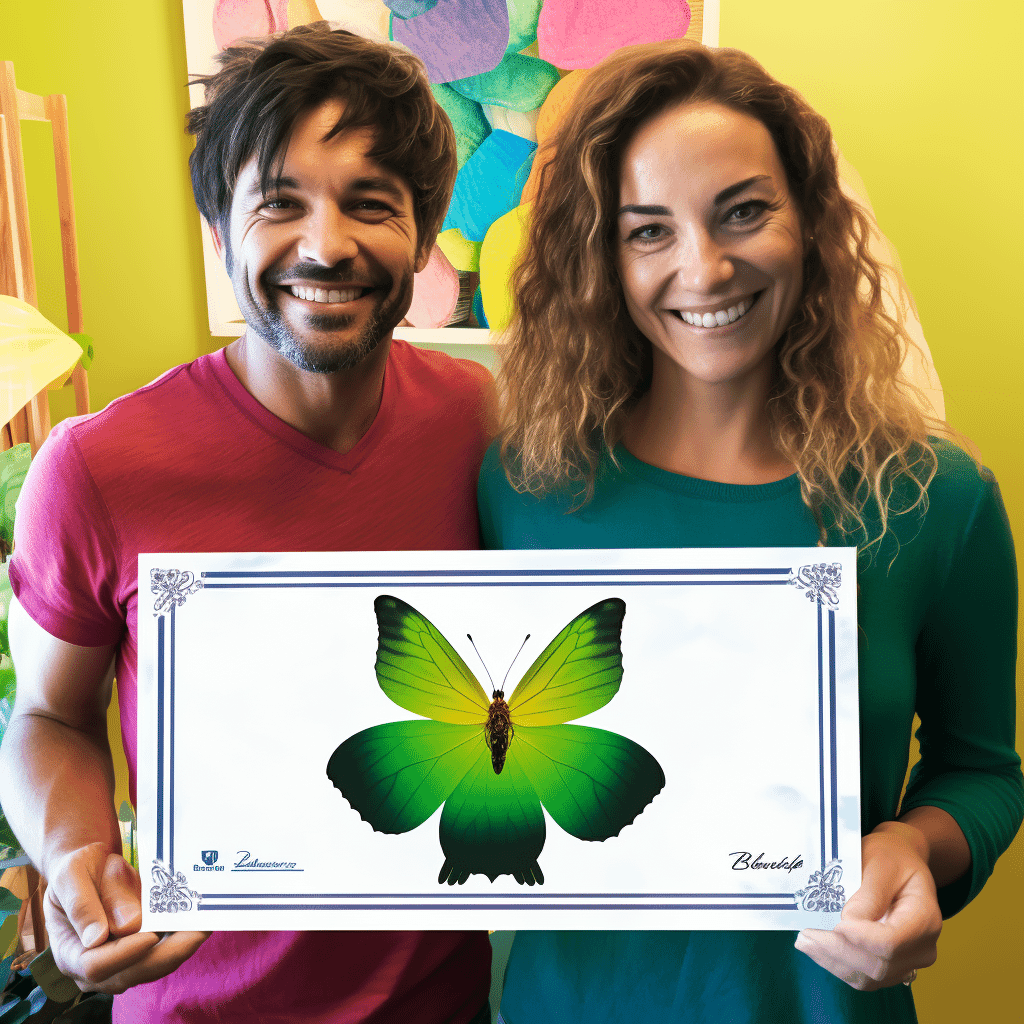



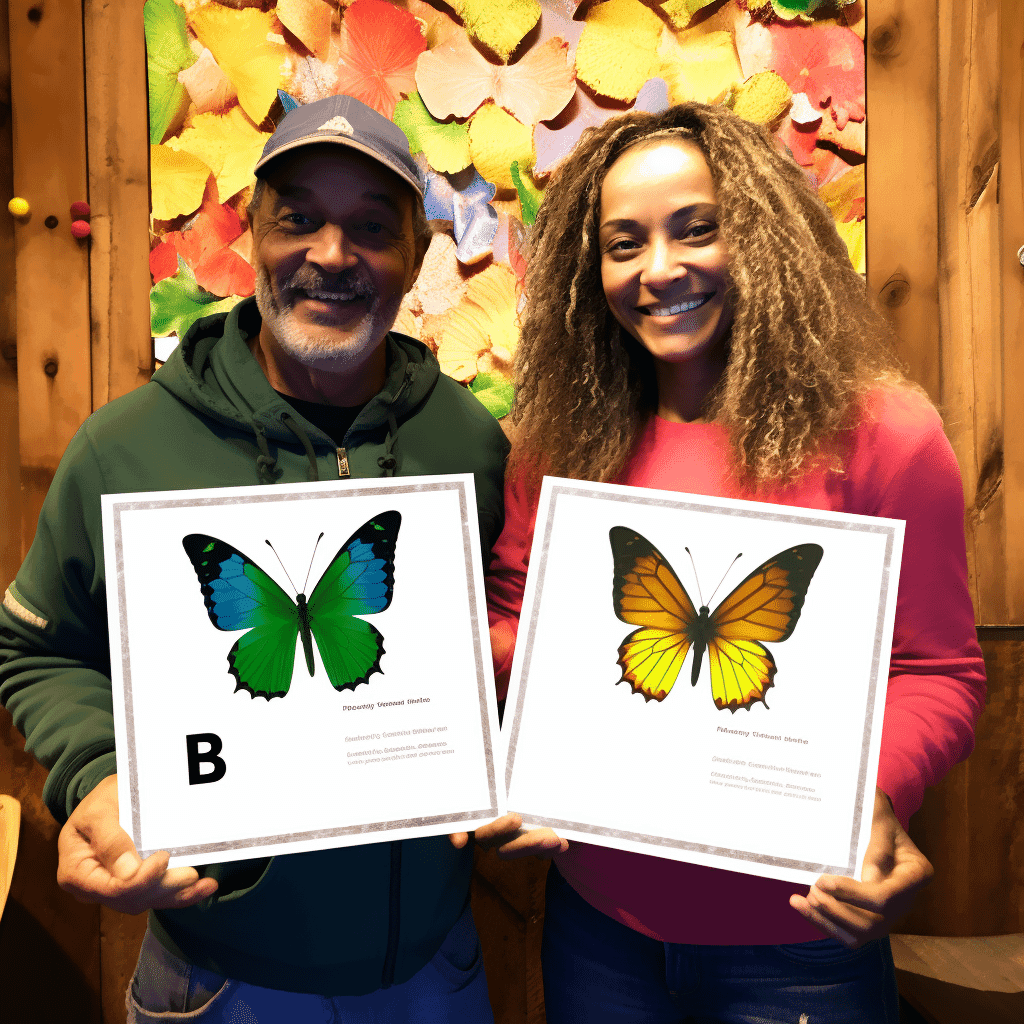




![Curso de Angular e NodeJS - O Guia da Pilha MEAN [Edição 2023] - IBRATH Instituto Brasileiro de Terapias Holísticas teste011020230809](http://enciclopedia.paginasdabiblia.com/cdn/shop/products/a19556.png?v=1699935448&width=1024)




![Curso de Docker & Kubernetes: O Guia Prático [Edição 2023] - IBRATH Instituto Brasileiro de Terapias Holísticas teste011020230809](http://enciclopedia.paginasdabiblia.com/cdn/shop/products/a19570.png?v=1699935525&width=1024)


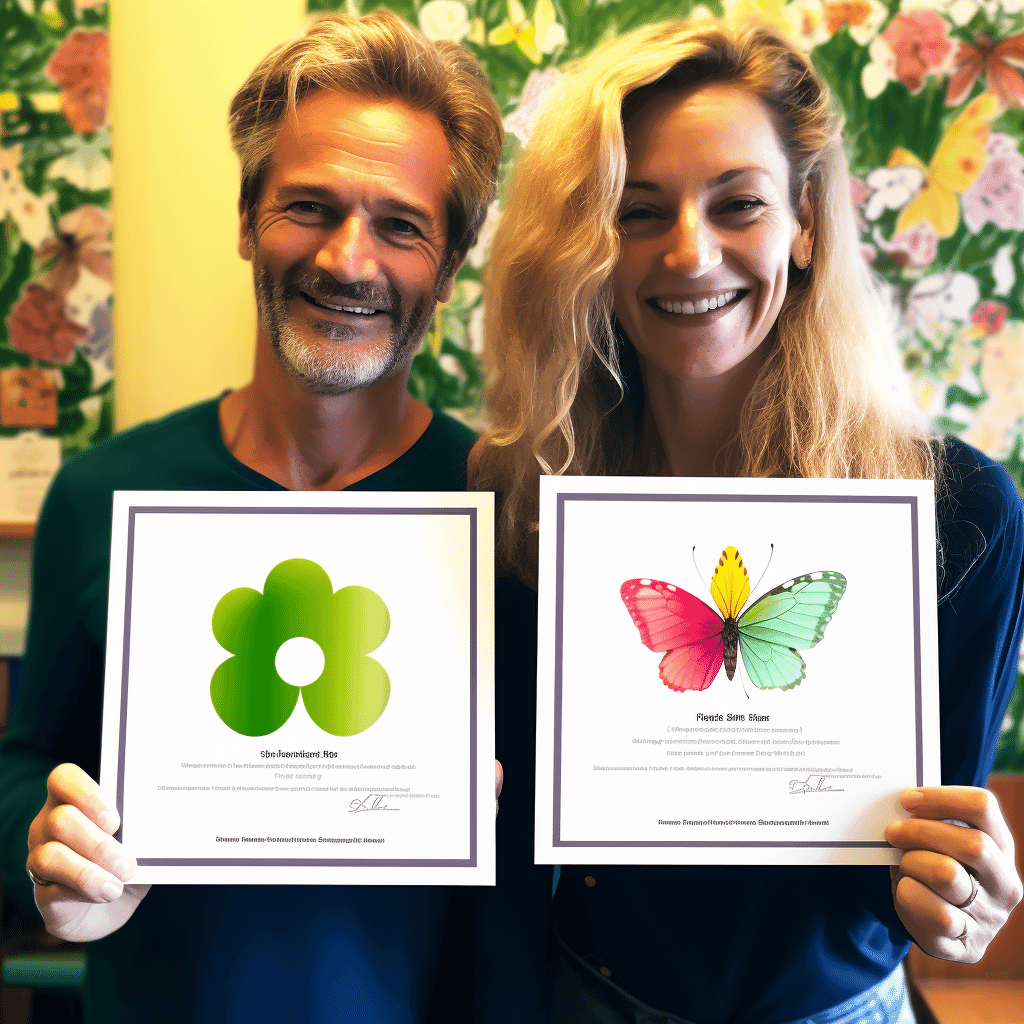

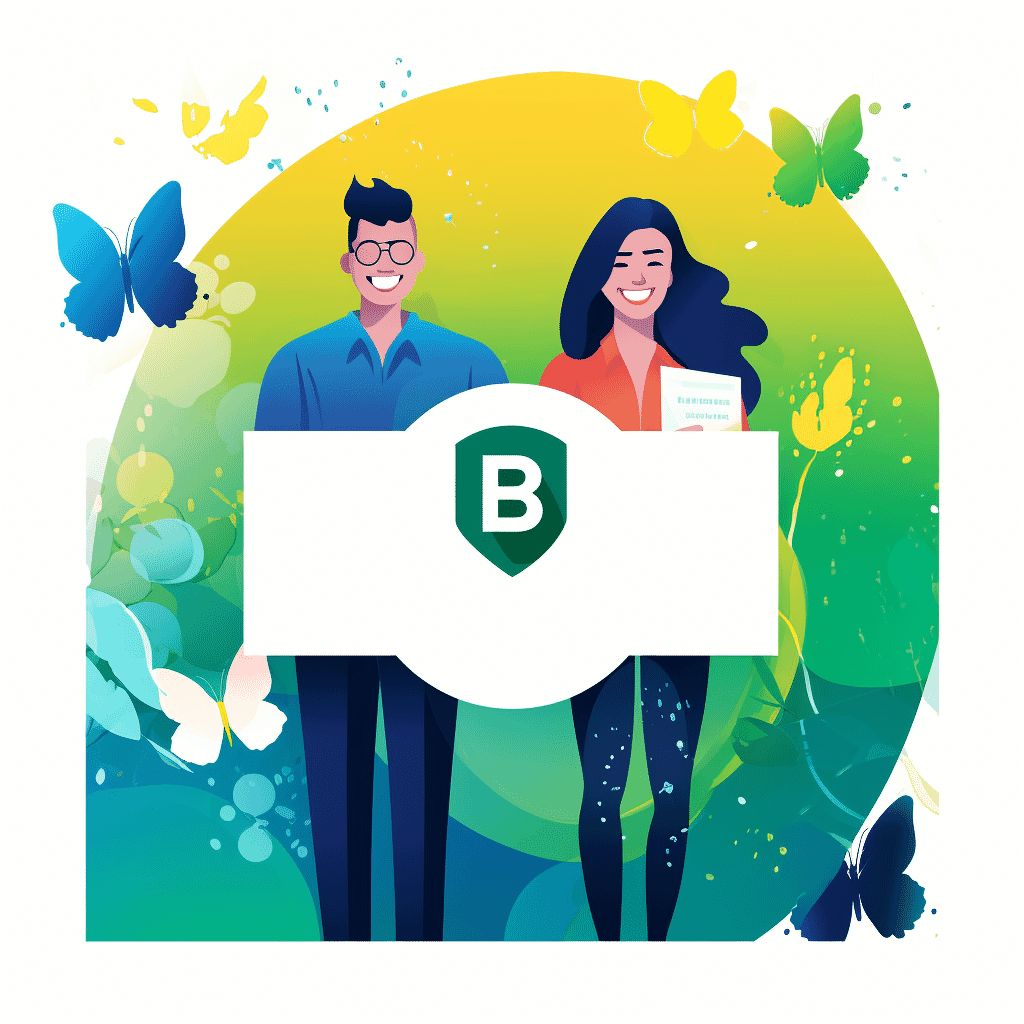



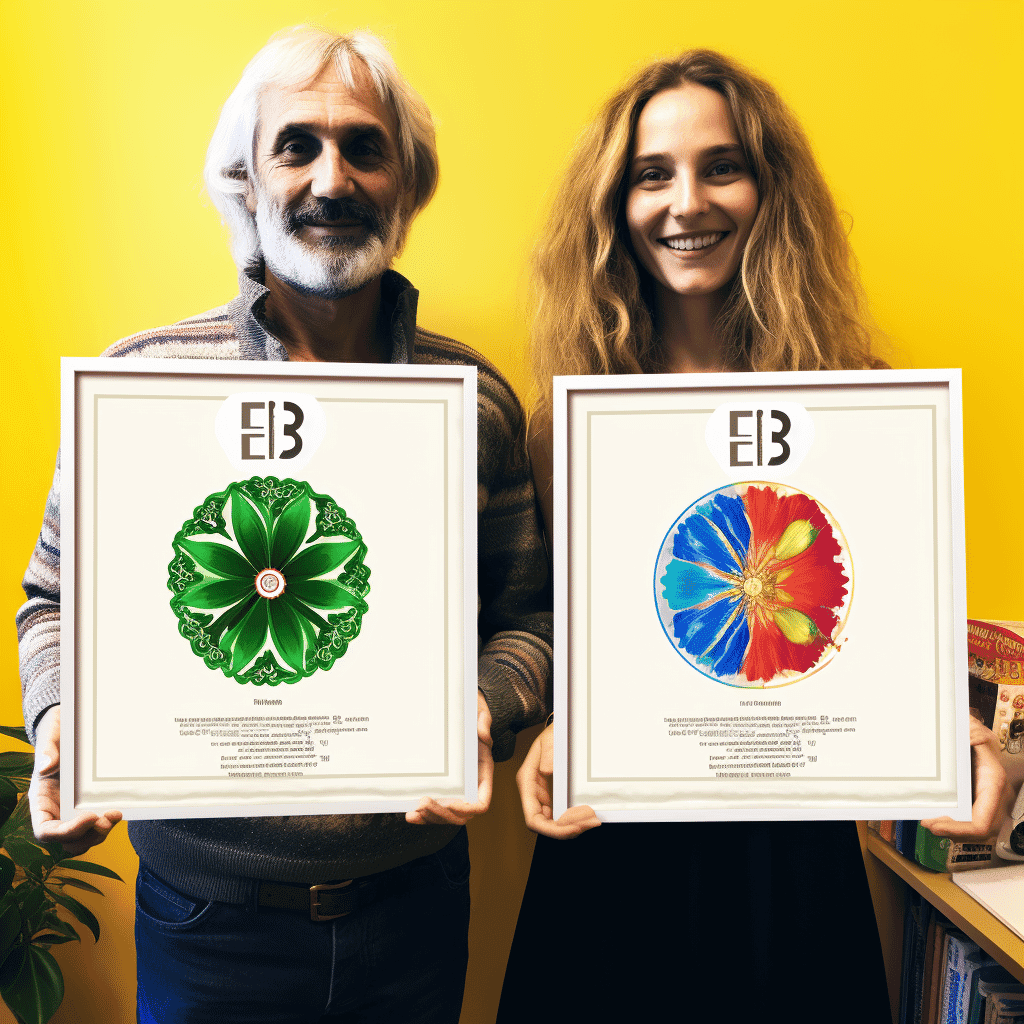





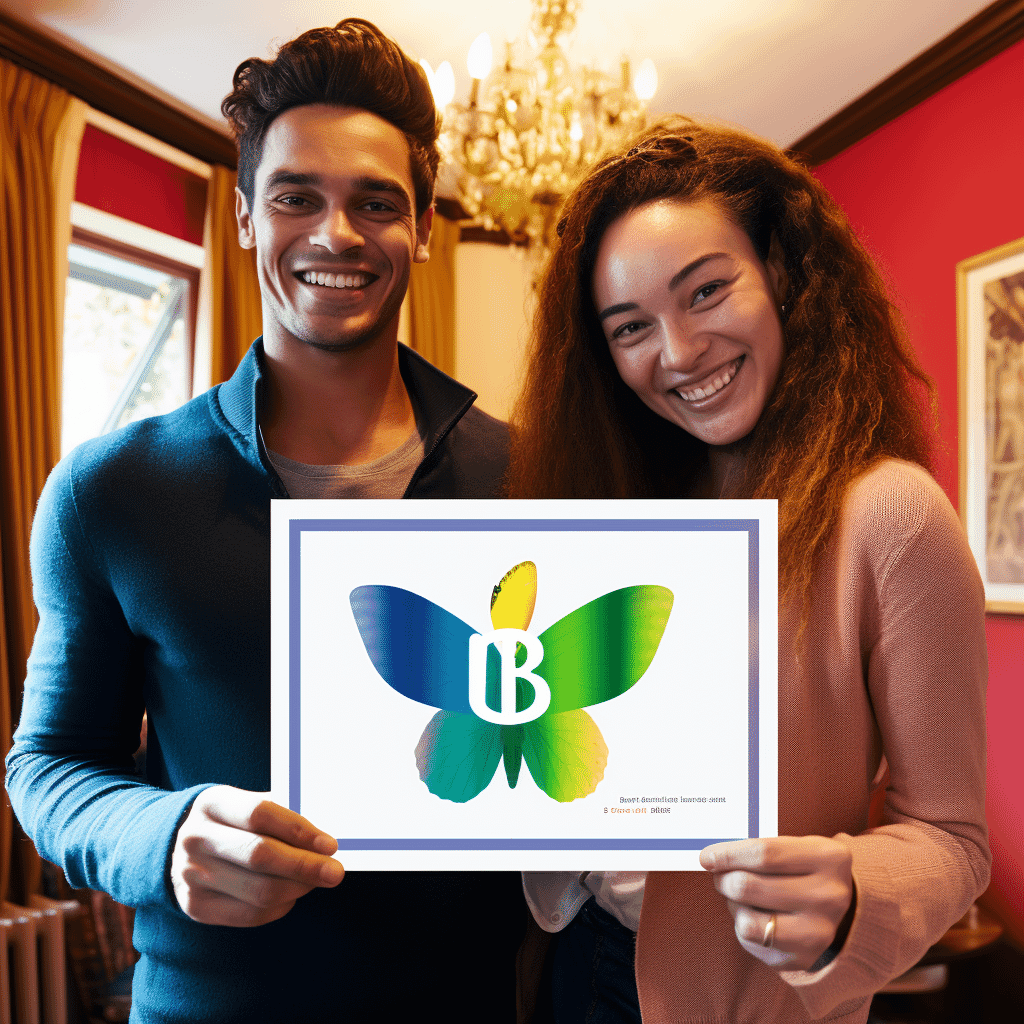
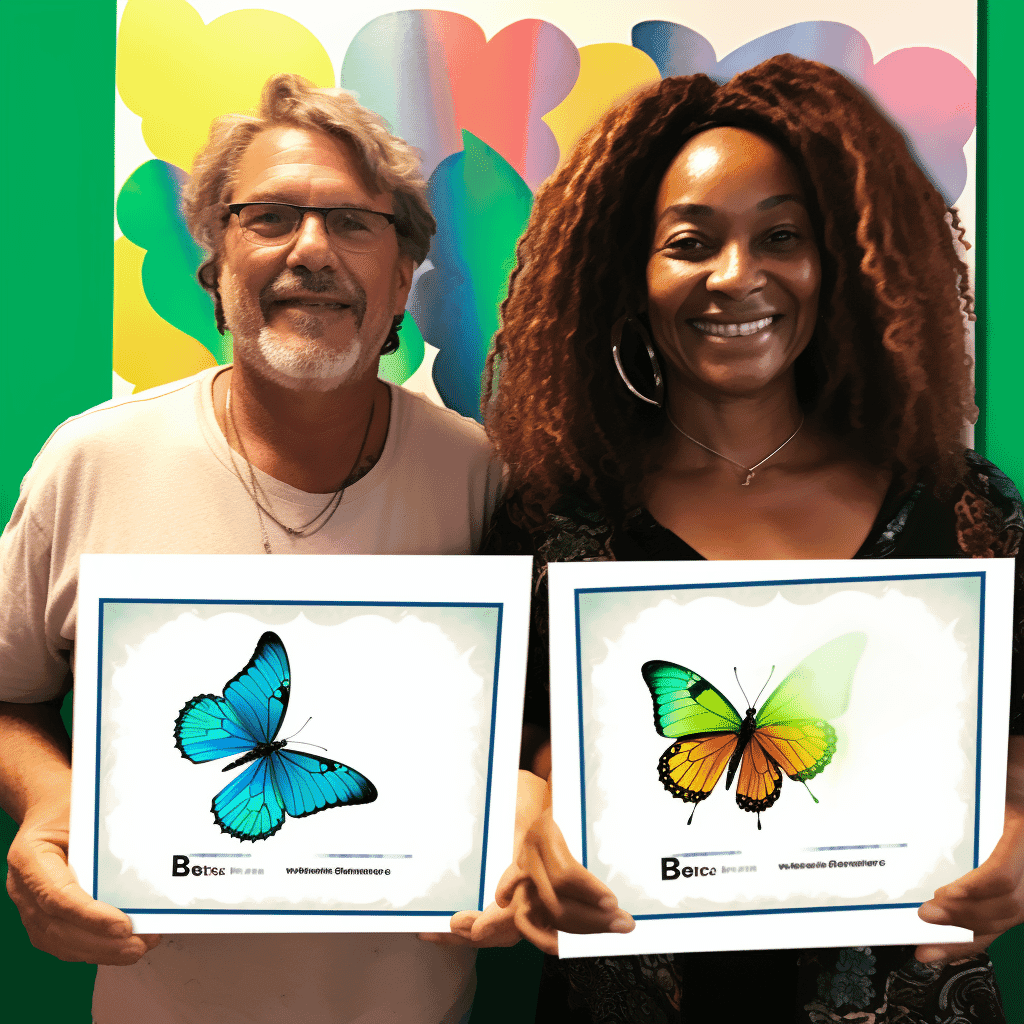
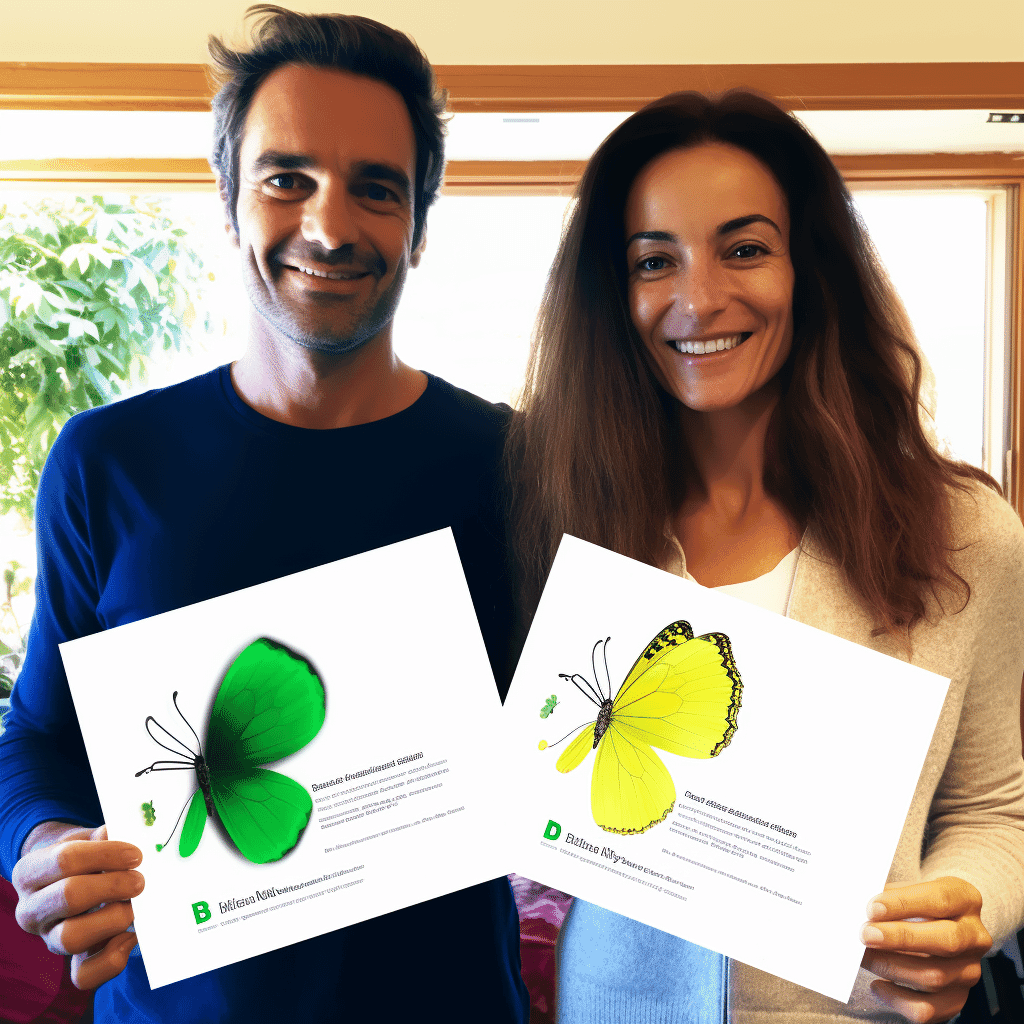

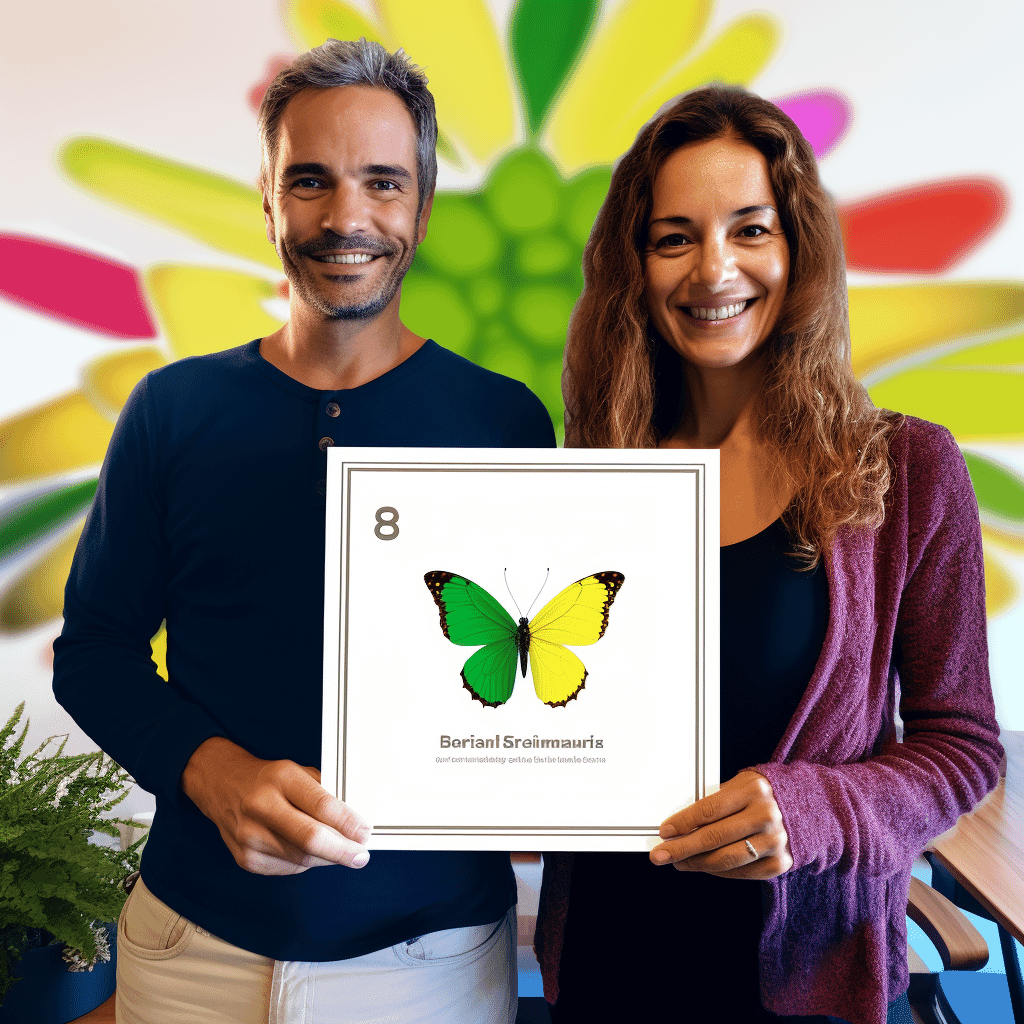


Dúvidas Gerais
Após a confirmação do pagamento, você receberá um e-mail com todas as instruções para acessar seus cursos. O e-mail incluirá um link para a plataforma de ensino, onde você poderá fazer login utilizando suas credenciais cadastradas no momento da compra. Caso seja um curso em formato de arquivo para download, o mesmo estará disponível na área do aluno e poderá ser acessado diretamente pelo link enviado. Se você não receber o e-mail de acesso em até 24 horas, verifique sua caixa de spam ou entre em contato com nossa equipe pelo e-mail suporte@amentil.com.br.
Após a confirmação do pagamento, seu pedido será processado e enviado para o endereço cadastrado. Você receberá um e-mail com os detalhes do envio, incluindo o código de rastreamento para acompanhar a entrega. Trabalhamos com transportadoras confiáveis e os prazos variam de acordo com o método de envio escolhido e sua localização. É importante garantir que o endereço de entrega esteja correto para evitar atrasos. Caso tenha dúvidas ou problemas com a entrega, nossa equipe de suporte está à disposição pelo e-mail suporte@amentil.com.br.
Você pode tirar dúvidas diretamente com nossa equipe de suporte por diversos canais:
- E-mail: Envie sua pergunta para suporte@amentil.com.br, e nossa equipe responderá em até 2 dias úteis.
- Telefone: Ligue para +55 (48) 1234-5678, disponível de segunda a sexta, das 9h às 18h.
- WhatsApp: Envie uma mensagem para +55 (48) 91265-4321 e receba atendimento rápido e prático.
- Formulário de Contato: Preencha o formulário disponível em nosso site na página Contato.
- Redes Sociais: Você também pode enviar suas dúvidas pelo Instagram ou Facebook em @amentil.sa.
Estamos sempre prontos para ajudar!
Reembolso e garantias
O prazo de reembolso pode variar dependendo da forma de pagamento utilizada:
- Cartão de Crédito: O estorno será realizado em até 7 dias úteis após a aprovação do reembolso, mas o crédito poderá aparecer na sua fatura em um prazo de 30 a 60 dias, conforme a política da operadora do cartão.
- Boleto Bancário ou Transferência: O valor será devolvido via depósito em conta bancária em até 7 dias úteis após a aprovação do reembolso.
Você pode solicitar a devolução de produtos físicos seguindo o passo a passo abaixo:
- Entre em contato com nosso suporte:
- Aguarde nossa resposta:
Nossa equipe analisará sua solicitação em até 3 dias úteis e fornecerá as instruções detalhadas para a devolução. - Prepare o produto:
- Envie o produto:
- Reembolso ou troca:
Nosso compromisso é fornecer uma experiência confiável e segura ao acessar nossa enciclopédia online. Garantimos a qualidade dos serviços e funcionalidades oferecidos, seguindo as condições descritas abaixo:
1. Garantia de Acesso
- Disponibilidade: Oferecemos garantia de disponibilidade da enciclopédia online 24 horas por dia, 7 dias por semana, exceto durante períodos programados de manutenção ou por problemas técnicos fora do nosso controle.
- Resolução de Problemas: Em caso de interrupções no serviço, nossa equipe técnica atuará para restaurar o acesso no menor tempo possível.
2. Garantia de Conteúdo
- Precisão e Atualização: Todo o conteúdo disponibilizado é cuidadosamente revisado para garantir precisão e relevância. No entanto, a enciclopédia online é constantemente atualizada, e não podemos garantir a exatidão absoluta em casos de informações sujeitas a mudanças rápidas.
- Correção de Erros: Caso identifique erros ou inconsistências no conteúdo, você pode nos informar pelo e-mail conteudo@amentil.com.br, e faremos a análise e correção, se necessário.
3. Garantia de Segurança
- Proteção de Dados: Utilizamos tecnologias avançadas para proteger suas informações pessoais e garantir que sua navegação na enciclopédia seja segura.
- Privacidade: Todos os dados coletados seguem as diretrizes da nossa Política de Privacidade.
4. Garantia de Reembolso
Para assinaturas da enciclopédia online:
- Direito de Arrependimento: Você pode solicitar o cancelamento e reembolso integral em até 7 dias corridos após a compra, desde que não tenha acessado conteúdos pagos da plataforma.
- Problemas Técnicos: Caso não consiga acessar os conteúdos devido a falhas técnicas imputáveis à plataforma, garantimos suporte prioritário e, se o problema não for resolvido, você pode solicitar reembolso proporcional ao período não utilizado.
5. Limitações
- Conexão à Internet: Não garantimos acesso à enciclopédia em situações de instabilidade ou falhas na conexão de internet do usuário.
- Uso Indevido: O acesso e uso da enciclopédia são pessoais e intransferíveis. O compartilhamento de credenciais pode resultar na suspensão ou cancelamento da assinatura sem reembolso.
6. Contato para Garantias
Caso precise de suporte ou queira exercer algum direito de garantia, entre em contato conosco:
- E-mail: suporte@amentil.com.br
- Telefone: +55 (48) 1234-5678
- Horário de atendimento: Segunda a sexta, das 9h às 18h.



